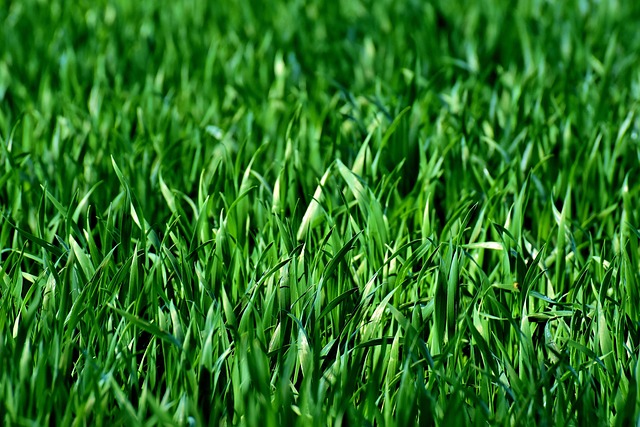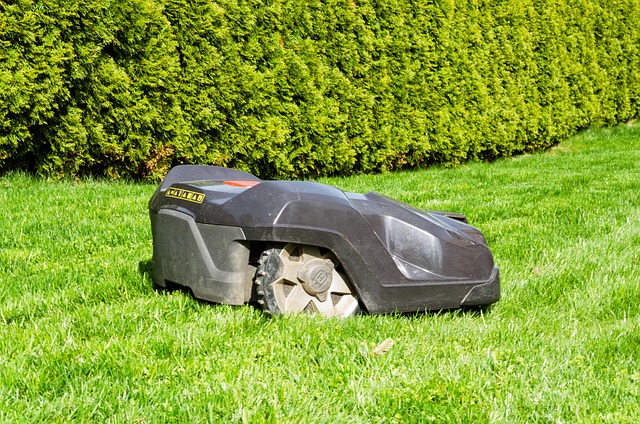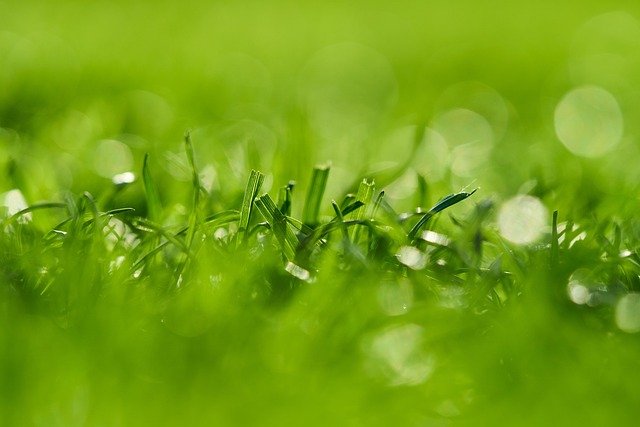Brown spots on lawns in Aurora are primarily caused by environmental factors and poor soil health, including drought stress, compacted soil, pest infestations, foot traffic, and improper mowing. To correct chlorosis (yellowing/browning grass), identify root causes through soil testing. Address issues like nutrient deficiencies, imbalanced pH, poor drainage with targeted fertilizers, aeration, and amendments like compost or high-quality soil to restore lawn health and vibrancy.
Lawn enthusiasts in Aurora often face a common dilemma: identifying and correcting chlorosis, leading to brown spots. Understanding the root causes behind this unsightly issue is key to restoring your lawn’s vibrant green hue. This comprehensive guide delves into the heart of the problem by exploring the common causes of brown spots on lawns in Aurora and offering targeted strategies for effective correction. Discover actionable steps to heal your yard and reclaim its lush beauty.
- Identifying Brown Spots: Common Causes in Aurora Lawns
- Targeted Strategies: Correcting Chlorosis in Your Yard
- Effective Solutions: Restoring Lawn Health and Color
Identifying Brown Spots: Common Causes in Aurora Lawns

Brown spots on your lawn can be a concerning sight, but identifying their root cause is the first step to recovery. In Aurora lawns, these discolored patches often result from a combination of environmental factors and poor soil health. Common causes include drought stress, which leads to water deficiencies that plants cannot withstand; compacted soil hindering nutrient absorption and air circulation; and pest infestations that damage grass roots. Additionally, excessive foot traffic or improper mowing practices can cause brown spots by physically harming the lawn’s structure.
Understanding these common culprits is essential in designing an effective chlorosis correction program tailored to Aurora’s unique conditions. By addressing specific issues like improving irrigation, aerating compacted soil, implementing integrated pest management strategies, and adjusting mowing routines, homeowners can restore their lawns’ health and vibrancy.
Targeted Strategies: Correcting Chlorosis in Your Yard

Lawn plant chlorosis, characterized by yellowing and browning of grass blades, is a common issue in Aurora’s vibrant landscaping. Targeted strategies are key to correcting this problem effectively. First, identify the root cause—often nutrient deficiencies or imbalanced soil pH levels. Conducting a soil test can help determine if your lawn needs additional nitrogen, phosphorus, or potassium, as well as check for alkalinity or acidity levels.
Once the underlying cause is identified, adjust your watering practices and consider applying targeted fertilizers. Overwatering or under-watering can lead to chlorosis, so establish a consistent watering schedule tailored to your grass type. Additionally, aerating compacted soil allows for better water penetration and nutrient absorption, helping to reverse brown spots on lawns in Aurora.
Effective Solutions: Restoring Lawn Health and Color

Lawn chlorosis, often manifested through yellowing and browning patches, is a common problem in Aurora’s lush landscaping. The primary culprit behind this issue is usually nutritional deficiencies, specifically iron deficiency, caused by factors like compacted soil, poor drainage, or insufficient organic matter. Addressing these root causes is key to successful restoration.
Effective solutions involve targeted applications of iron-rich fertilizers designed for lawns, coupled with soil amendments that improve aeration and drainage. Core aeration helps alleviate soil compaction, enhancing water, nutrient, and oxygen penetration. Additionally, incorporating topdressing with high-quality soil or compost improves the overall soil structure, promoting a vibrant and healthy lawn.
The common causes of brown spots on lawns in Aurora, from nutrient deficiencies to pest infestations, can be addressed through targeted strategies. By implementing effective solutions like proper watering techniques, soil amendments, and targeted treatments, you can restore your lawn’s health and color. Remember that identifying the specific cause is key to success, so take a dive into these programs to transform your lawn into a lush, vibrant symphony of green once more.
